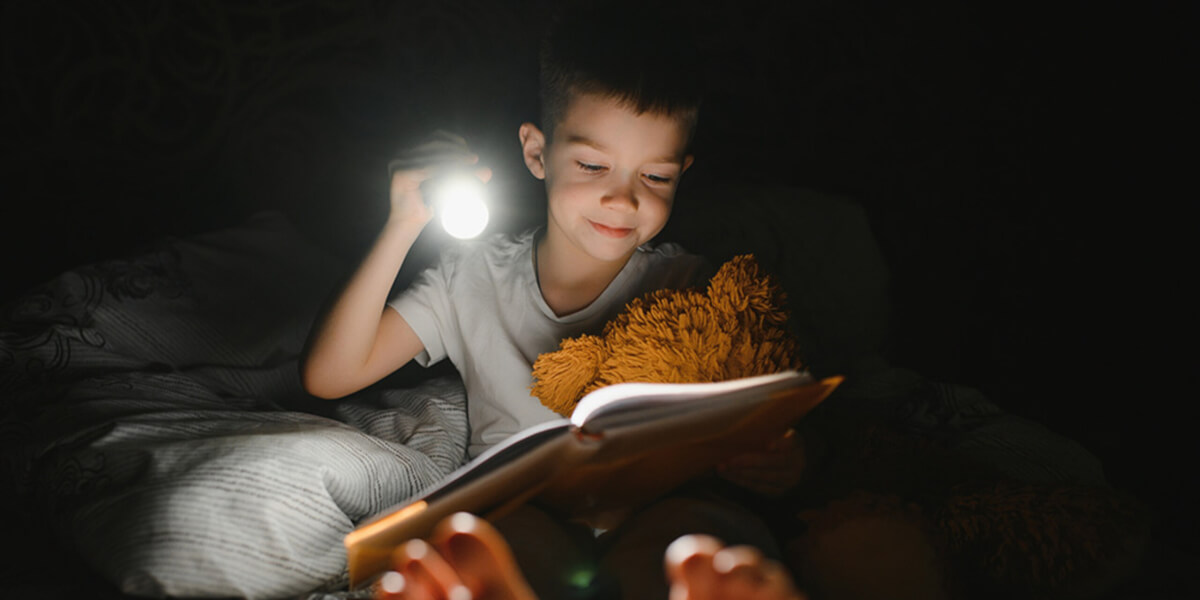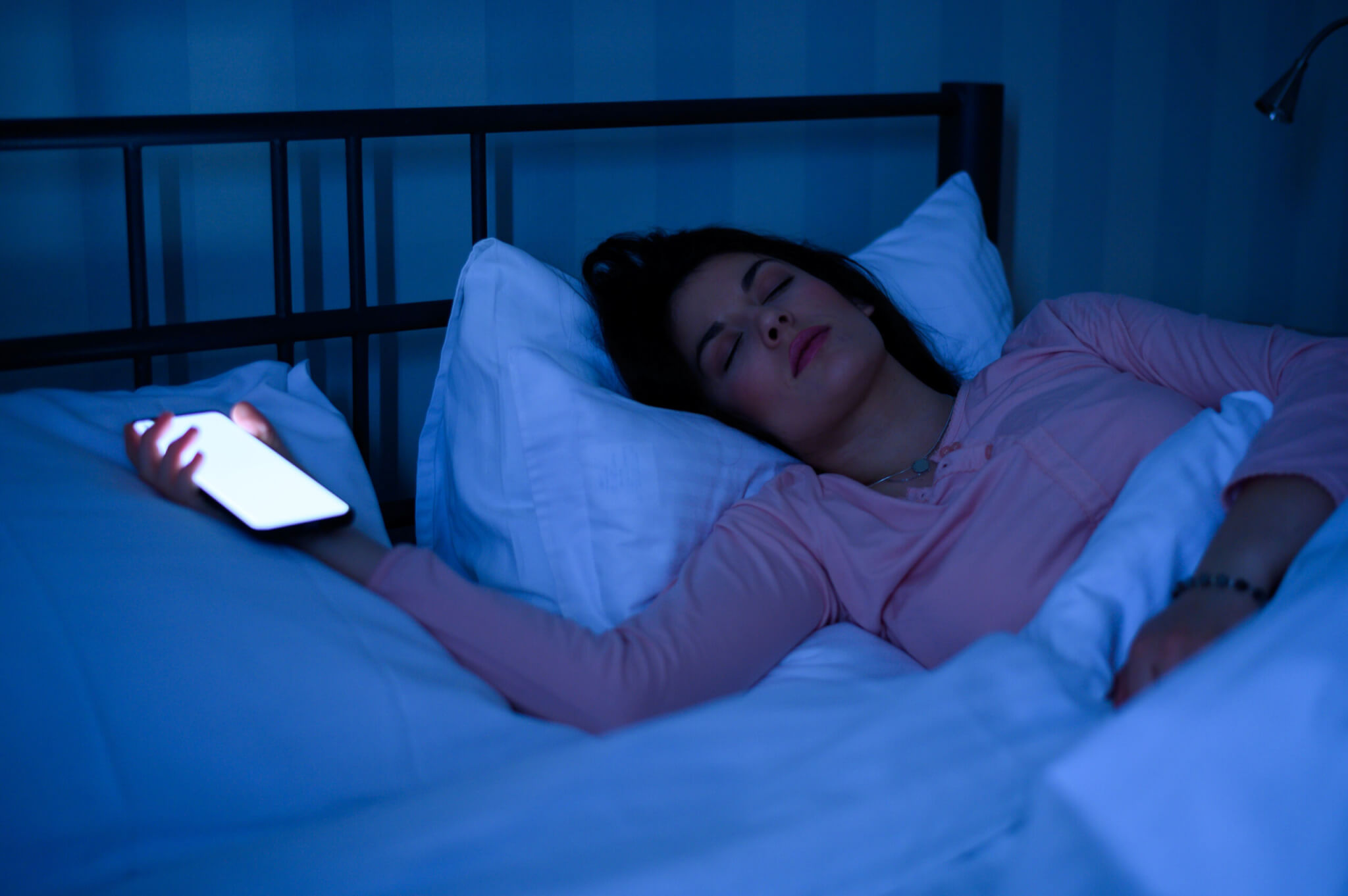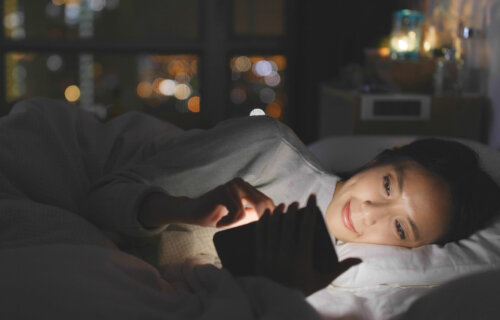BASEL, Switzerland — Does blue light really affect our sleep like studies have suggested? Researchers from the University of Basel and the Technical University of Munich (TUM) are challenging previous assumptions about the impact of light color on sleep. Their findings reveal that the color of light might not significantly affect the human internal clock and sleep quality, contradicting prior research conducted on mice.
Vision is a complex process involving the retina’s photoreceptors (cones and rods) converting light into electrical impulses for the brain to process as images. While cones facilitate sharp, colored vision in sufficient light, rods aid in seeing shades of grey in low light. Additionally, specialized ganglion cells in the retina, which react strongly to short-wavelength light (around 490 nanometers perceived as blue), are crucial in regulating our sleep-wake rhythm.
“However, the light-sensitive ganglion cells also receive information from the cones. This raises the question of whether the cones, and thereby the light color, also influence the internal clock,” says study first author Dr. Christine Blume, a researcher at the Center for Chronobiology of the University of Basel, in a university release. “After all, the most striking changes in brightness and light color occur at sunrise and sunset, marking the beginning and end of a day.”

In a 2019 study on mice, yellowish light appeared to have a stronger influence on the internal clock than blueish light. However, the Basel-TUM research team’s findings suggest otherwise for humans. They exposed 16 volunteers to blueish, yellowish, and white light stimuli, ensuring the same stimulation of light-sensitive ganglion cells across all conditions. Any differences in the light’s effect were attributed to the cones’ stimulation and the color of the light.
“This method of light stimulation allows us to separate the light properties that may play a role in how light effects humans in a clean experimental way,” says Manuel Spitschan, professor of chronobiology and health at TUM.
Researchers assessed changes in the internal clock, sleep onset, sleep depth, tiredness, and reaction ability of the participants under different light conditions. The conclusion: light color variation along a blue-yellow dimension does not significantly impact the human internal clock or sleep. This finding contrasts with the mouse study and supports other research emphasizing the importance of light-sensitive ganglion cells in human circadian rhythms.
“We found no evidence that the variation of light color along a blue-yellow dimension plays a relevant role for the human internal clock or sleep,” says Blume. “Rather, our results support the findings of many other studies that the light-sensitive ganglion cells are most important for the human internal clock.”

Similarly, Spitschan highlights that in designing lighting, the impact on light-sensitive ganglion cells should be prioritized, with the color playing a minor role.
“Our findings show that it is probably most important to take into account the effect of light on the light-sensitive ganglion cells when planning and designing lighting,” notes Spitschan. “The cones and therefore the color play a very subordinate role.”
The study’s results are preliminary, and further research is necessary to determine if light color affects sleep under different conditions, such as extended light exposure or different timing. These follow-up studies could provide more comprehensive insights into light’s influence on sleep.

The study also touches on the common practice of using night mode on smartphones and tablets, which reduces short-wavelength light and appears yellowish. Blume confirms the usefulness of reducing short-wavelength light for sleep but notes that the yellowish color adjustment is not technically necessary.
“Technologically, it is possible to reduce the short-wavelength proportions even without color adjustment of the display, however this has not yet been implemented in commercial mobile phone displays,” states Blume.
The study is published in the journal Nature Human Behaviour.
You might also be interested in:
- Best Blue Light Glasses: Top 5 Pairs Most Recommended By Experts
- 3 Ways Nutrition Can Protect Your Eyes From Blue Light
- Any light exposure during sleep can lead to obesity, diabetes, high blood pressure

I wish someone would come up with research that would say that we should NOT have blue lights in our computer monitors! They really ruin everything! Working in Photoshop is a big pain!
What are you doing in PhotoShop that you don’t need all three colors? No blue lights in a monitor means no purple, blue, or white; everything would be red, orange, yellow, and green.
I avoid exposure to blue light and feel more relaxed by doing that. Also, blue light is kind of toxic to the retina.